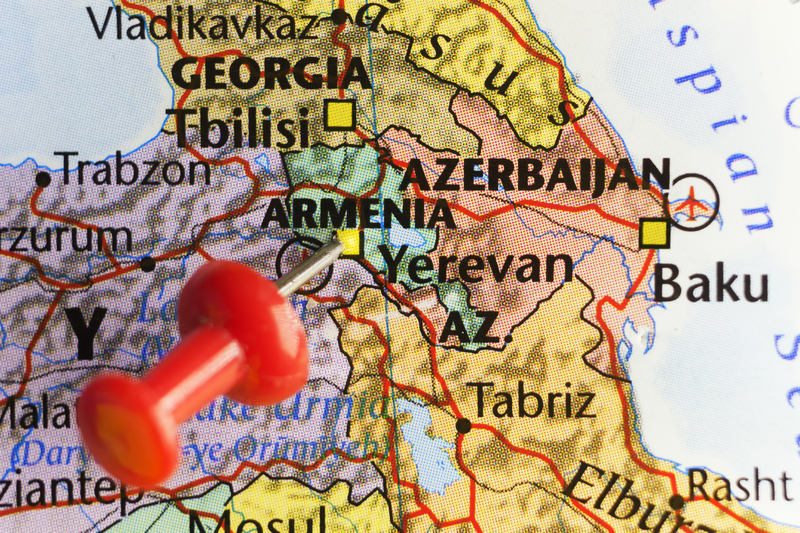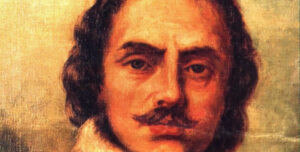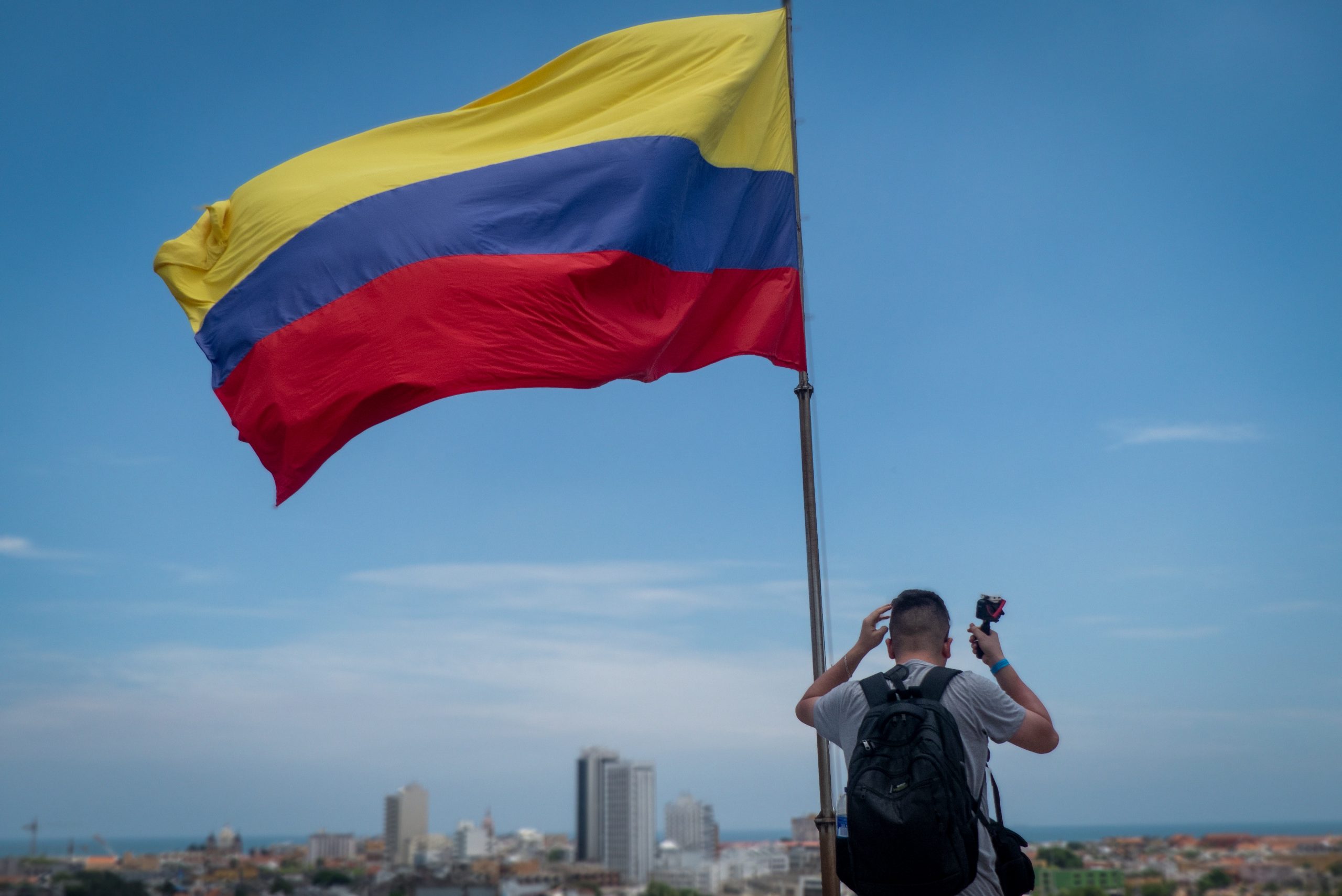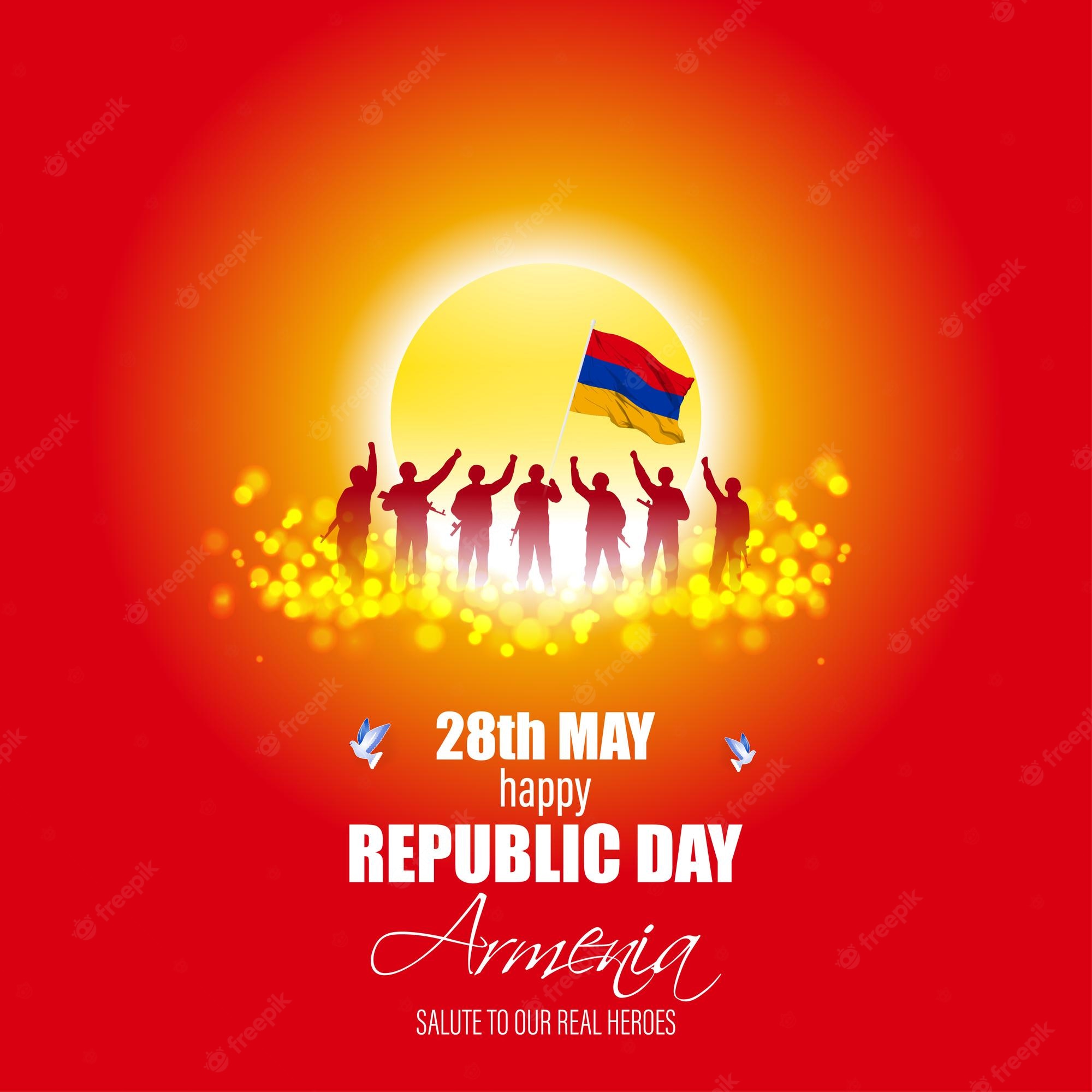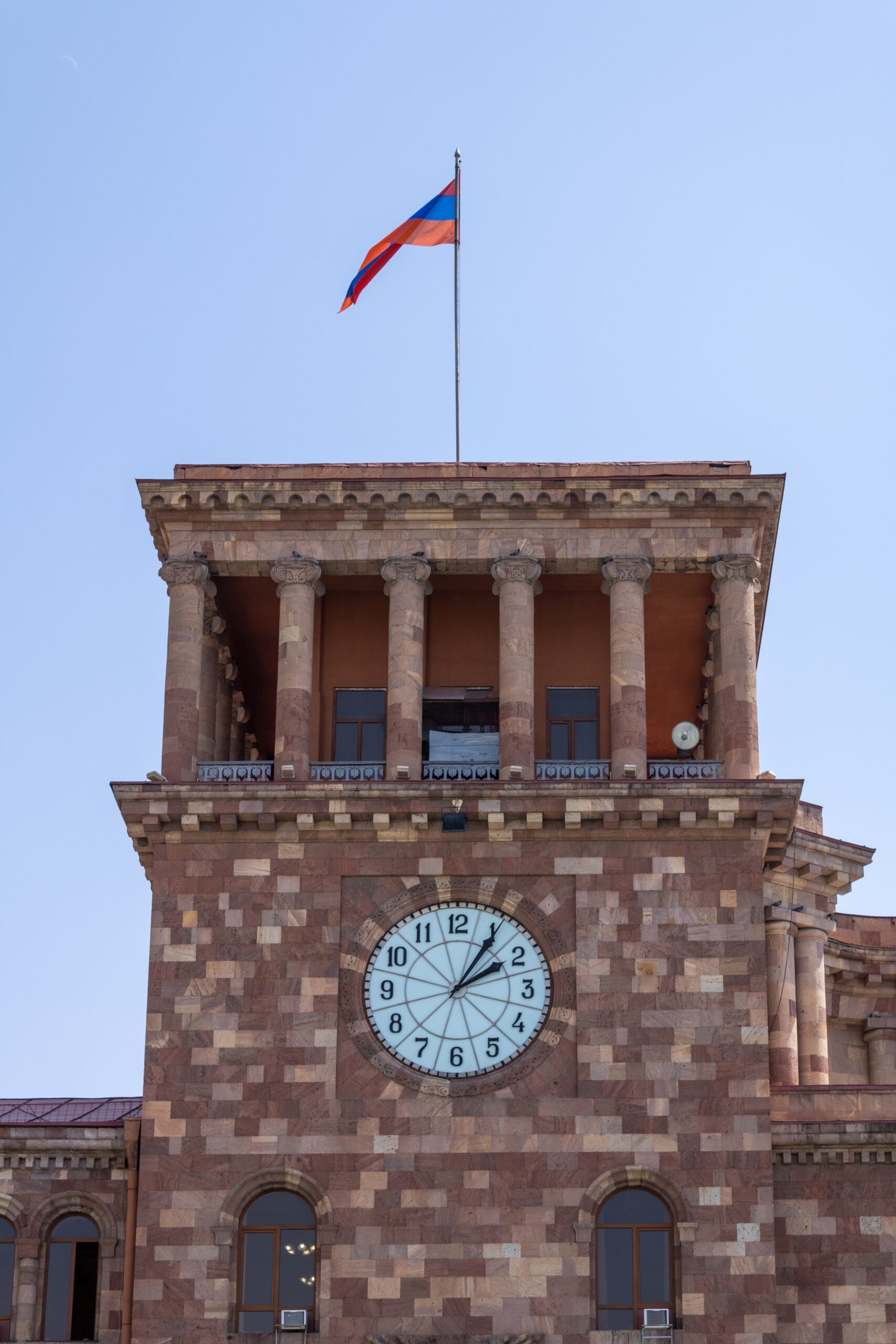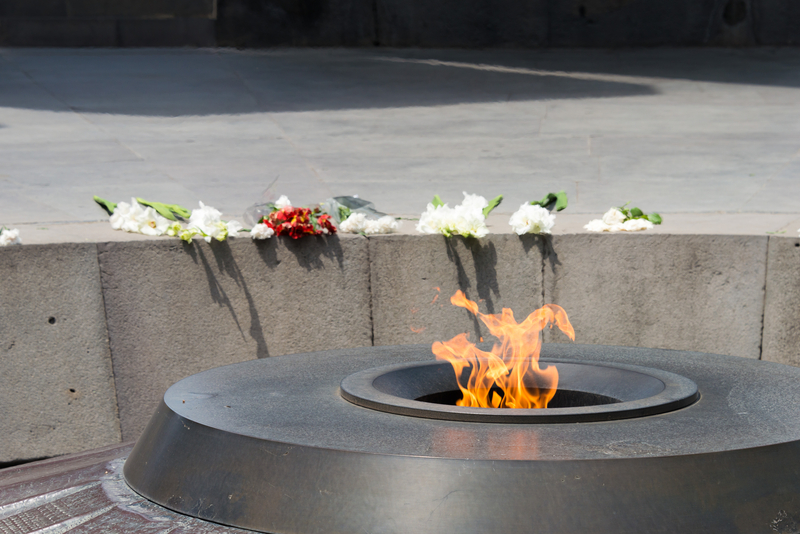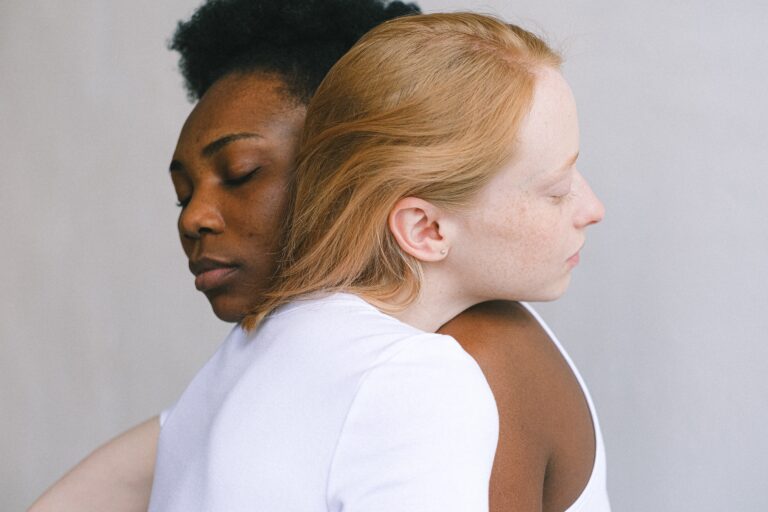Background
Good Friday is the day that Christians, not just in Armenia, but around the world commemorate the death of Jesus Christ on the cross at Golgotha, just outside of Jerusalem. According to the Holy Bible after being dead for three days in a tomb sealed with a heavy stone, Jesus rose again on Easter Sunday to show the world that he really was who he said he was, the Son of God.
Armenian Traditions
Armenian Good Friday celebrations start the night before, on Maundy Thursday. After the Maundy Thursday service is over the Khavaroom starts. The Khavaroom is an all-night vigil where passages relating to the events between the Last Supper and the morning of Good Friday are read. Priests also read readings from the psalms and the congregation sing Sharakhans, which are Armenian hymns. There are 11 candles representing the 11 apostles placed in a line on the altar. In the middle of these apostle candles is a candle representing Jesus Christ and a single black candle is placed far from the others to represent Judas Iscariot, who betrayed Jesus with a kiss for 30 silver pieces. After each reading one candle is put out, each one represents an apostle who escaped, until only the candle representing Jesus Christ remains lit. At this point all the lights in the church are turned off and the congregation sings the hymn “Glory to God in the Highest” (“Park ee Bardzuns” in Armenian) in complete darkness. As the last words of the hymn are sung the lights are turned back on and the service ends.
The actual Good Friday service, which takes place the next day at midday, recalls the great suffering of Jesus Christ as he was tortured and killed by the Romans and Jewish religious leaders. During the service a model of the tomb of Jesus Christ is placed in the church and worshippers adorn it with flowers and branches of evergreens. These plants show that from the death of Jesus Christ life springs as He leads people to eternal life in Heaven. On the day after the Holy Saturday service, these branches are redistributed to the congregation as a reminder of Jesus Christ’s love that they can take into their homes. Inside the symbolic tomb priests place a wooden cross wrapped in white linen to represent the body of Christ which lay in the tomb for three days. Two candles are lit and placed near the tomb to symbolize the angels who told Mary Magdalene, Mother of James and Salome that Jesus Christ had risen.
Priests read passages from the Holy Bible from the Gospels of Matthew, Mark, Luke and John about the torture and crucifixion of Jesus Christ and the congregation sing the Trisagion whilst on bent knees. This hymn is dedicated to Joseph of Arimathea who is said to have sung it as Christ’s body was taken down from the cross. Holy Communion is also served, the bread symbolizing the body of Jesus Christ and the wine symbolizing His blood. The service then ends and worshippers eat a meal of fish as it is seen as sinful to eat meat on the day of Jesus’s death.















